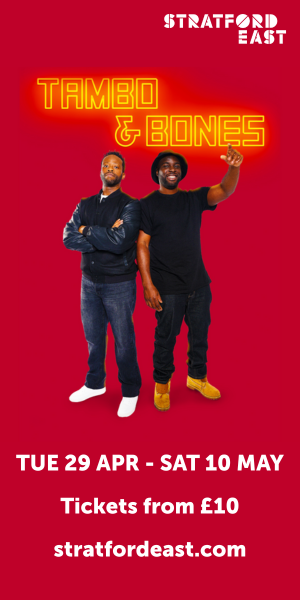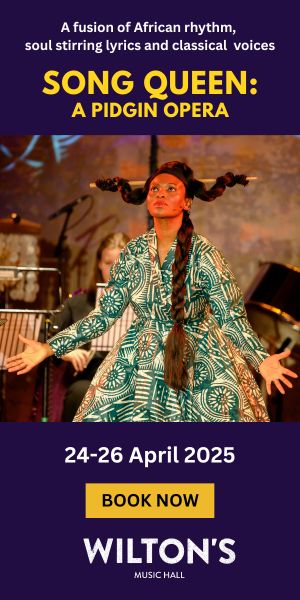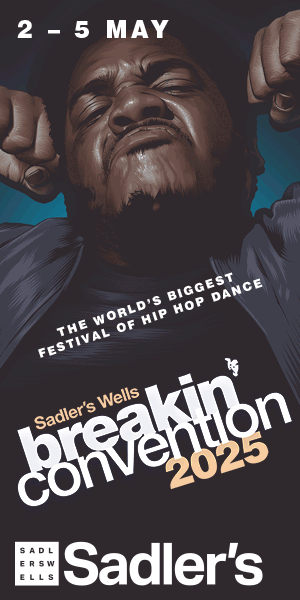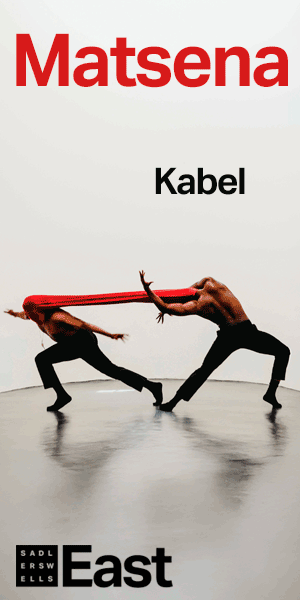
Londoners, in their diversity, descended on Charles Dickens’ local, the Old Vic, much as they had during his lifetime. Originally known as Royal Coburg Theatre, it was built in Dickens’ childhood and on his home turf of Southwark. Tonight, the Old Vic’s vendors are draped in Victoriana and beam as they hand out complimentary seasonal mince pies (delicious!) and tangerines. The auditorium is abuzz, and the invitation is clear: come and drink our Christmas Kool-Aid. Spoiler: I did; A Christmas Carol succeeds completely. I left that auditorium filled with the Christmas spirit.
The odds were stacked against it. After a long, dark, ‘it’s still only November’ day with largely unnecessary meetings, Dickens’ city and its rat race fixed upon my face that weary, wintered London look. By design, Jack Thorne and Matthew Warchus’ eighth showing of their hugely successful stage adaptation of the Yuletide tale has me imagining the countless Londoners who had walked into this auditorium with that same expression over the past two centuries.
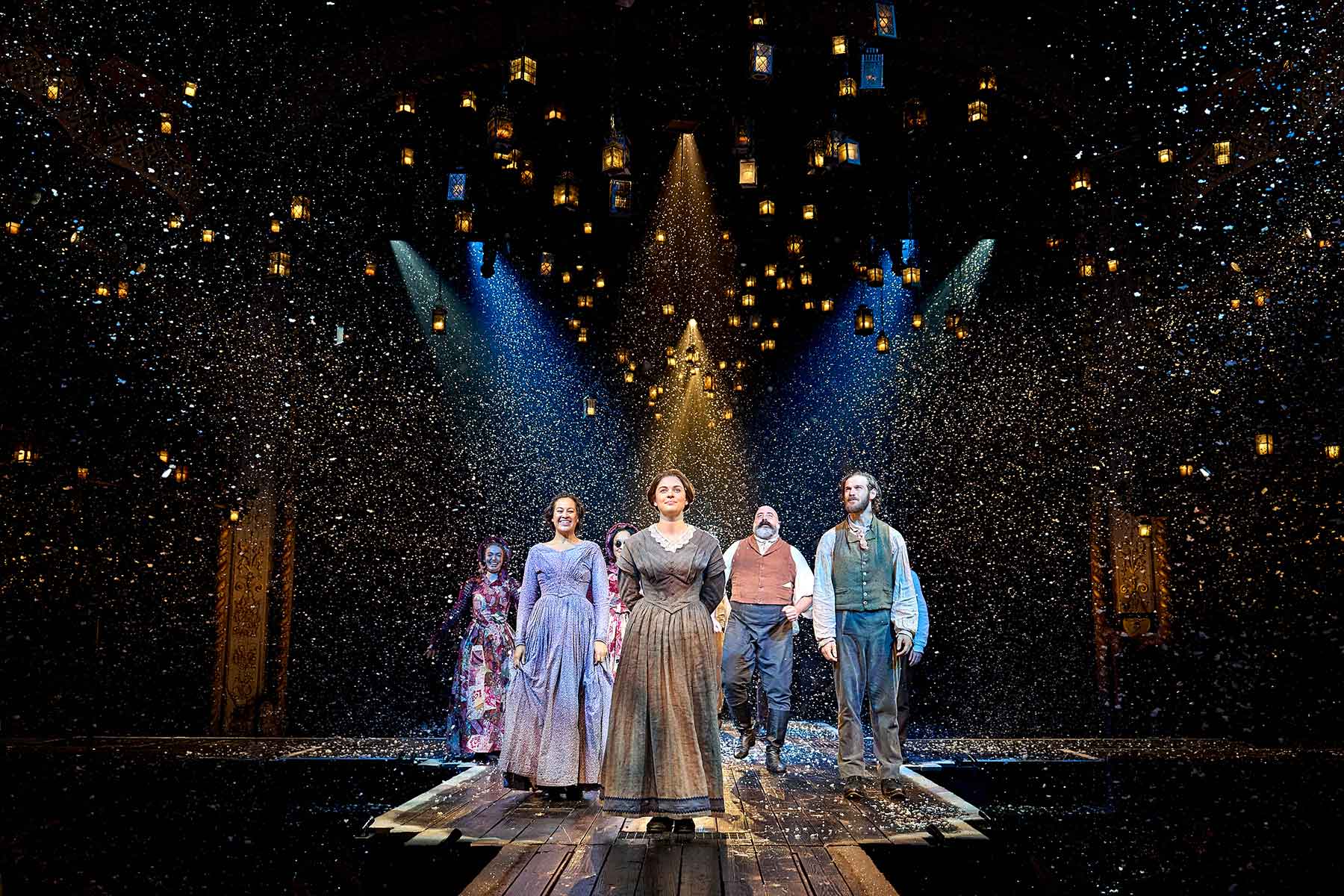
From this spot, Dickens painted a clearer view of Victorian London than anyone else, depicting the rich, downtrodden, stinky, daring, angry, thrilling, bombastic city that, like its residents, has transformed but, in many ways, has remained just the same. That timelessness is reinforced throughout. The set design uses minimalism to maximum effect: blackened, excavated door frames, a handful of repurposed crates, and simple roll-on, roll-off props. They allow the audience to superimpose upon the stage, mapped out as a cross, the city’s dingy and smog-fuelled backdrop that has been seared into our collective consciousness by the ubiquity of Dickens’ works.
We meet Scrooge at his most miserable, in his self-imposed isolation. He wakes in confusion, desperately trying to determine the hour because he has been pulled out of time like us. Flashbacks depict a childhood marred by an abusive, alcoholic father. In many other productions, these play as vignettes that Scrooge helplessly observes from the outside. Here, John Simm often taps in to replace his flashback counterpart. In doing so, we’re reminded that our past traumas are realised in the present, and it suggests that we can go within ourselves to affect change: “We all are made, but we also make.”
The audience is engaged in ‘the making of’ by the boundarylessness that permeates this production. The ensemble occupies The Old Vic’s nooks and crannies, highs and lows, as much as they do the stage. They smile and wave to us, and Scrooge comes to shake our hands. In the second act, we are asked to help Scrooge collect food for his nephew’s Christmas dinner; we pass sausages on a string around, potatoes tumble from the balcony, and a child from the audience collects a jelly from offstage. The physical act of sharing food blurs the line between the creators and spectators, inviting us to become participants in collective care.
This is important because while Dickens’ works are concerned with class struggles, his genius is undermined, for many of us, by the racism that runs the gamut and the attendant coloniality. The consequences of those attitudes are a spectre in the lives of Black and Brown Britons, real and far more terrifying than any Christmas Ghost. It is a shame that Dickens’ genius did not extend to connecting his incisive class consciousness to broader liberatory struggles. That he did not recognise the humanity of our ancestors enough to realise that the shameless plunder of our lands fuelled London’s economic inequality is indicative of how easily oppressed peoples are divided.
Warchus transcends these limitations of Dickens’ worldview to realise the transformative potential of his work, knocking down such divisions to create a broad church for all who suffer under systemic inequality through shared reimagining. Like Boal’s Theatre of the Oppressed, this production uses collective imagination as a means of social transformation, inviting audiences to move from passive spectators to active participants in the fight for change.
This is why his colour-blind casting reads as more than gesturing at representation. The cast dances in traditional African American stepping as comfortably as it does Irish dancing. Black bodies are loved on throughout: Scrooge’s nephew, Belle’s husband, and Bob Cratchit’s wife are free from trauma and instead idealised partners or personalities. Above all, there are few (ahem, reparations) better balms to the wounds of Britain’s sins than to watch brilliant actors of colour trampling over Dickens’ imperiality as they tread the boards, in his ends, to reclaim his art in their image.
The music does some of the heavy lifting in helping us to process these big ideas and even bigger emotions. In place of what could have been a cheap and cheerful application of the titular musical format is an intentional, metaphoric, and generous theatre score. The end of the first act finds Scrooge engaging with the impact of his actions for the first time, to a grim, hollowed-out instrumental of ‘O Holy Night.’
You feel the first clasp for clemency as he is physically brought low by devastation and surrenders to something higher. The lyric ‘fall on your knees’ is unsung but rung true, compelling his collapse. It’s a moment. ‘Amid the Winter’s Snow’ follows, opening the second act with stunning solemnity.
None of this would be achieved without the emotional resonance of the show. For all its cleverness, A Christmas Carol is all heart – joyful and triumphant and unashamedly so. Much of this is down to the cast. It is a tiny company that punches past its weight throughout, with multiple actors playing multiple roles seamlessly. Most impressive was Jenny Fitzpatrick, the Ghost of Christmas Present, also known as Brenda, who pulled a complete Clark Kent.
By simply donning a dark pair of glasses, she was transformed from a wide-eyed, Glee-inspired chorus member to a cynical, unimpressible spirit that held Simm’s then-raging Scrooge to account better than anyone else. Juliette Crosbie is a star, stealing almost every scene as Scrooge’s long-lost love, Belle.
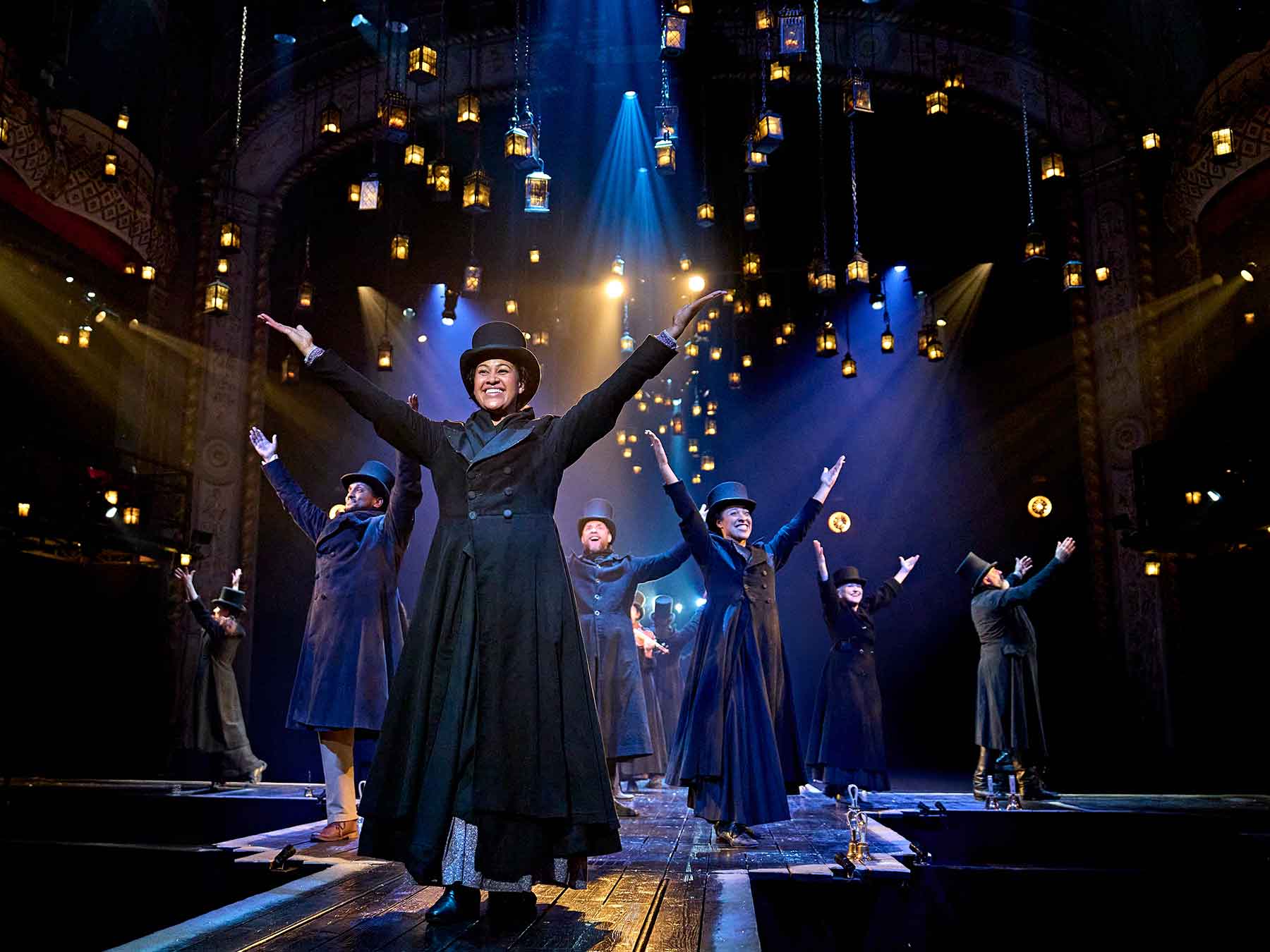
I cannot praise John Simm enough. He is a characteristically larger-than-life actor, and I was not surprised that he would lend this expressionism to Scrooge. The effect is a lot of fun; Scrooge is bombastic even at his most miserly. The singular scene for me was when Scrooge declared his love for the nephew, he had previously shunned. Warchus’s brilliant direction strategically places Scrooge under a Juliet balcony, invoking the world’s best-known love story to signal that his transformation is fundamental and rooted in love. Simm conveys regret, grief, fear, and hope in delivering a single line that dares the hardest of hearts not to crack wide open. It SNOWS! It’s really cool. Scrooge is laughing and shaking our hands, and you find your still slightly wet eyes laughing, too.
Critics have interpreted Scrooge’s post-epiphany feeding of his friends and family as a call for charity. In this production, we are forced to not only see it but participate in the act of being fed and feeding others as an act of collective care. After the curtain call, Simm breaks the fourth wall to ask us directly to contribute to Waterloo Foodbank. The remaining boundaries between the hardships of Victorian and Austerity London are dismantled, and the timelines are irrevocably blurred.
Today, London is again in the grip of poverty, inequality, and food insecurity, and its decision-makers are as unfeeling and self-serving as their Victorian predecessors. It is shameful that A Christmas Carol is arguably more relevant than ever; we should know better. But Warchus gives us something more than shame—he gives us hope. He shows us that change is possible, not through isolated charity but through collective care. That is the spirit of A Christmas Carol. Go see it.
Need to know: A Christmas Carol plays at The Old Vic until 4 Jan 2025

























